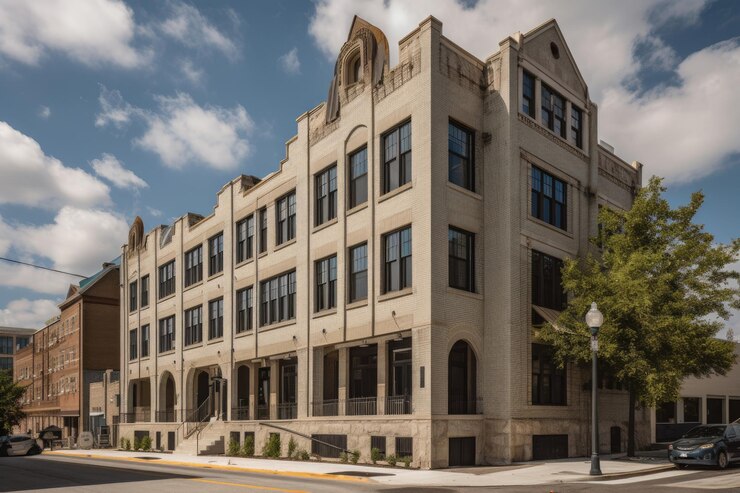In the world of architecture, adaptive reuse projects are gaining traction as a sustainable and creative solution to modern space needs. Rather than demolishing old or underutilized buildings, adaptive reuse transforms them into functional spaces with new purposes, preserving their historical essence while meeting contemporary demands. This approach not only reduces environmental impact but also celebrates cultural heritage, offering a perfect blend of the past and future.
What is Adaptive Reuse?
Adaptive reuse refers to the process of repurposing an existing building for a use other than what it was originally designed for. From turning old factories into trendy loft apartments to converting churches into restaurants, this architectural strategy breathes new life into aging or abandoned structures, making them relevant once again.
Why is Adaptive Reuse Gaining Popularity?
- Sustainability:
Demolishing buildings generates significant waste and contributes to carbon emissions. Adaptive reuse projects, however, conserve resources by repurposing materials and preserving structures. This aligns with global efforts to reduce the carbon footprint of the construction industry. - Cost-Effectiveness:
While initial refurbishment costs can be high, adaptive reuse is often more economical than building a new structure from scratch. It also saves on demolition expenses and maximizes the value of existing assets. - Preservation of Heritage:
Many older buildings are rich in architectural details that would be expensive or impossible to replicate today. Adaptive reuse allows architects to retain these features, honoring a city’s history while adding modern functionality. - Community Revitalization:
Transforming abandoned buildings can revitalize neighborhoods by attracting businesses, residents, and tourists. Adaptive reuse projects often act as a catalyst for broader urban regeneration.
Iconic Examples of Adaptive Reuse
- The High Line (New York City, USA):
Once an abandoned railway line, the High Line was converted into a public park. Its innovative design has become a global icon for urban renewal. - Tate Modern (London, UK):
A former power station, the Tate Modern now serves as one of the world’s leading contemporary art museums, seamlessly blending industrial architecture with modern design. - Zeitz MOCAA (Cape Town, South Africa):
This museum transformed a 1920s grain silo into Africa’s largest contemporary art space, preserving its cylindrical structure while creating breathtaking galleries. - Gasometers (Vienna, Austria):
Four 19th-century gas storage tanks were repurposed into a mix of residential, commercial, and cultural spaces, combining historic façades with modern interiors.
Challenges of Adaptive Reuse
While adaptive reuse offers numerous benefits, it also comes with challenges:
- Structural Limitations: Older buildings may require extensive retrofitting to meet modern safety standards and accommodate new uses.
- Regulatory Hurdles: Historic preservation laws and zoning regulations can complicate the process.
- Financial Risk: Unexpected costs may arise from unforeseen structural issues or material degradation.
Future of Adaptive Reuse
As urban spaces become more crowded and sustainability becomes a priority, adaptive reuse is poised to play a pivotal role in shaping the future of architecture. Architects are increasingly adopting innovative techniques, such as 3D scanning, digital modeling, and advanced engineering, to overcome challenges and unlock the full potential of these projects.
Moreover, as cities worldwide aim to preserve their cultural identity while embracing modernization, adaptive reuse provides a bridge between history and progress. By reimagining what already exists, architects can create spaces that are functional, sustainable, and deeply rooted in the communities they serve.


